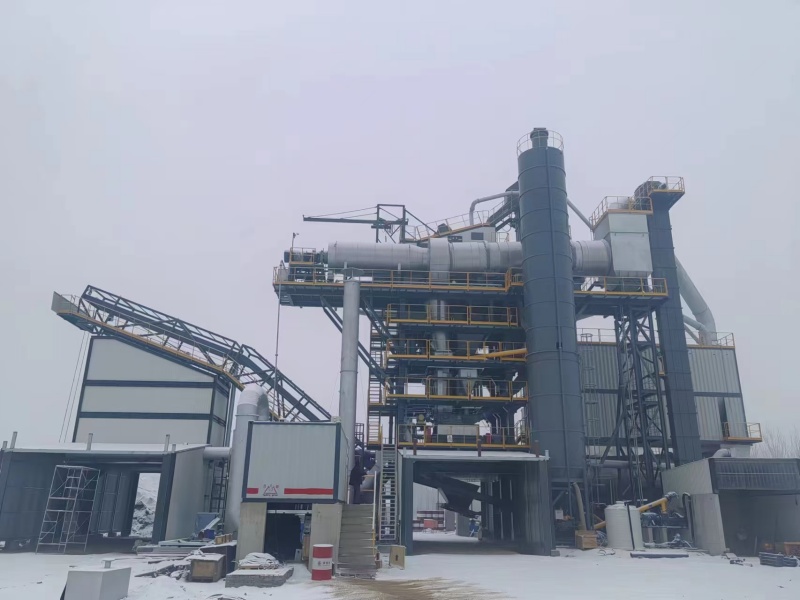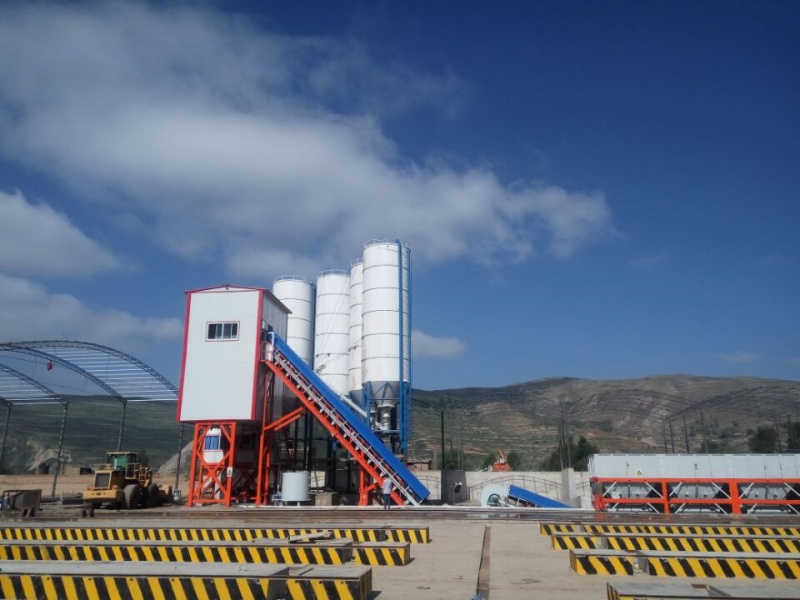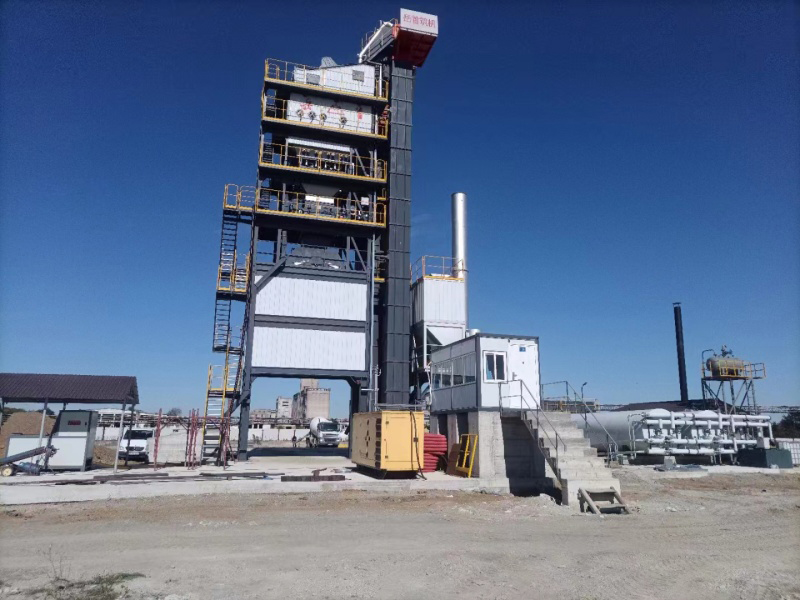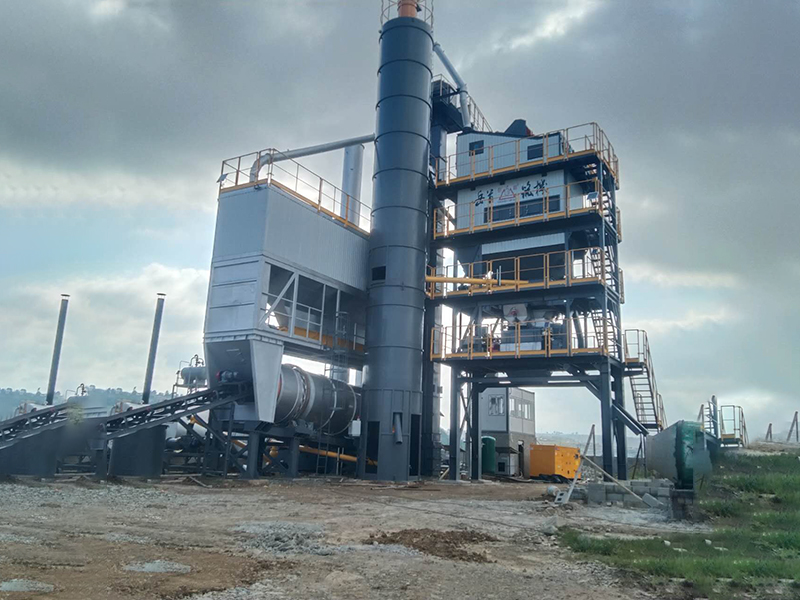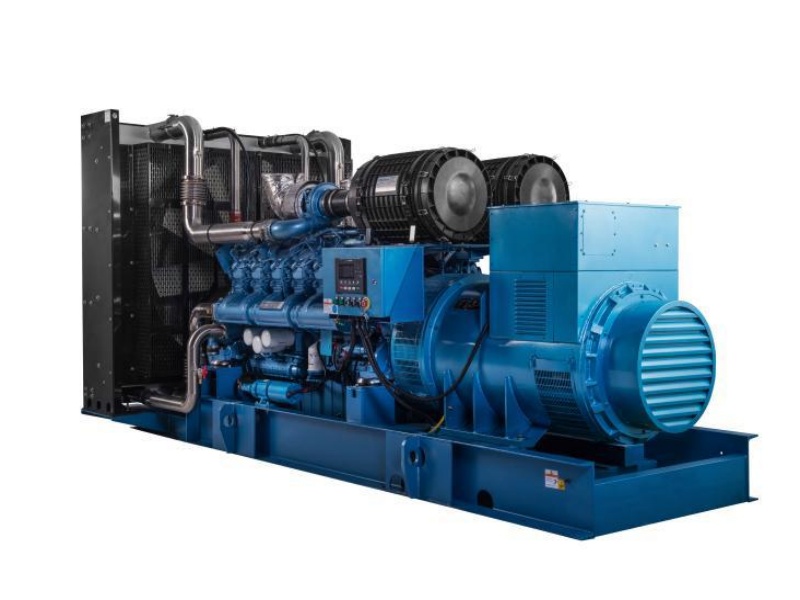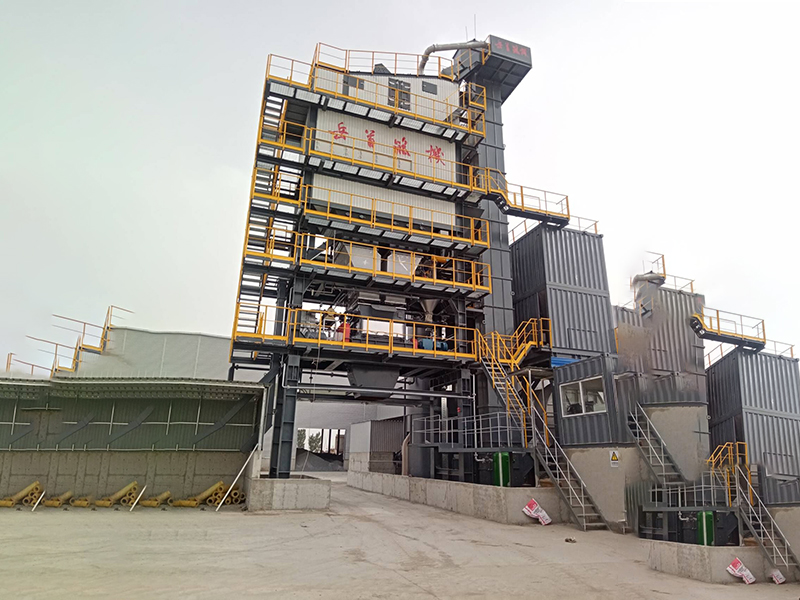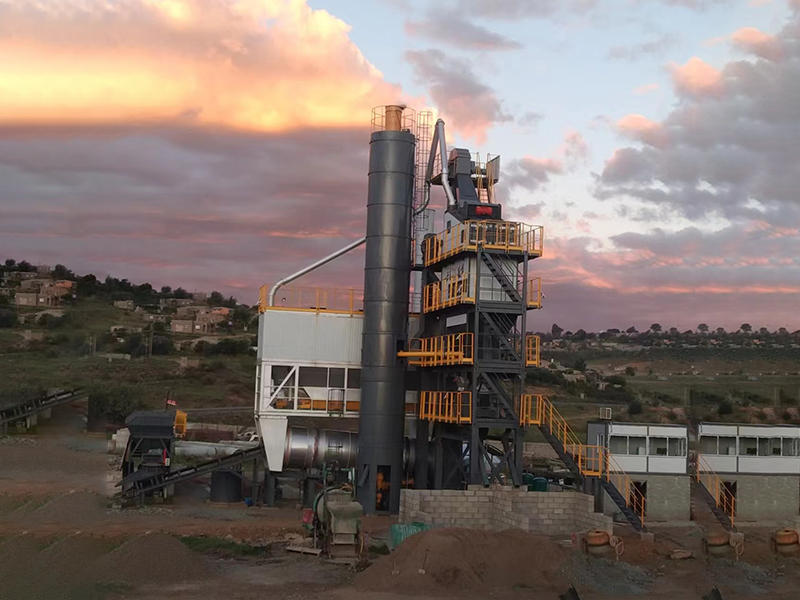China payne and dolan asphalt plant
China Payne and Dolan Asphalt Plant Locations and Operations
This article provides comprehensive information on China Payne and Dolan asphalt plant locations, operations, and the broader context of asphalt production in China. We'll explore the key aspects of these plants, including their technological advancements, environmental considerations, and their role in China's infrastructure development. Understanding the intricacies of these operations is crucial for anyone involved in the construction, infrastructure, or materials supply sectors in China.
Understanding the Asphalt Production Landscape in China
The Growing Demand for Asphalt
China's rapid economic growth and urbanization have fueled a massive demand for asphalt, a crucial component in road construction and infrastructure projects. This surge in demand has led to the establishment and expansion of numerous asphalt plants across the country, including those potentially operated or partnered with Payne and Dolan, a prominent name in the industry internationally. The scale of this growth necessitates efficient and technologically advanced production methods, as well as a focus on sustainable practices.
Technological Advancements in Chinese Asphalt Plants
Modern China Payne and Dolan asphalt plants, and similar facilities, employ sophisticated technologies to optimize production and minimize environmental impact. This includes advanced mixing systems, efficient energy use, and waste reduction strategies. The integration of automation and data analytics further enhances production efficiency and quality control. Many plants are embracing environmentally friendly practices, such as the utilization of recycled materials and the reduction of greenhouse gas emissions.
Locating China Payne and Dolan Asphalt Plants
Precise locations of specific China Payne and Dolan asphalt plants are often considered proprietary information. However, understanding the geographic distribution of asphalt plants in China is crucial. Major production hubs are typically located near significant infrastructure projects and population centers to minimize transportation costs and ensure timely delivery. To find specific plant locations, it’s best to consult industry directories or contact Payne and Dolan directly (if they operate plants in China), bearing in mind that such information may not always be publicly accessible.
Environmental Considerations and Sustainable Practices
Minimizing Environmental Impact
The operation of asphalt plants inherently involves environmental considerations. Modern plants incorporate technologies to mitigate their impact, including emission control systems, dust suppression techniques, and responsible waste management. China Payne and Dolan asphalt plants, if they exist, would likely adhere to stringent environmental regulations set by the Chinese government. Sustainable practices are becoming increasingly important, with a focus on reducing carbon footprints and promoting environmentally friendly asphalt production methods.
The Role of China Payne and Dolan Asphalt Plants in Infrastructure Development
Asphalt is an indispensable material in China's ambitious infrastructure projects, including highways, roads, and other crucial elements of its growing urban landscape. The efficient and reliable operation of China Payne and Dolan asphalt plants, if they exist, contributes directly to the successful completion of these projects, facilitating economic growth and improving the quality of life for millions of people. The plants play a crucial role in delivering high-quality asphalt to meet the consistently increasing demands of China's construction sector.
Comparing Asphalt Plant Technologies
Different asphalt plants utilize varying technologies. The table below offers a simplified comparison:
| Technology | Advantages | Disadvantages |
|---|---|---|
| Batch Plants | High mixing quality, suitable for smaller projects. | Lower production capacity compared to continuous plants. |
| Continuous Plants | High production capacity, ideal for large-scale projects. | Higher initial investment cost. |
For more information on high-quality mixing equipment for asphalt production, please visit Taian Yueshou Mixing Equipment Co.,Ltd.
Disclaimer: This article provides general information and does not guarantee the existence or precise locations of specific Payne and Dolan asphalt plants in China. The information presented is based on publicly available data and general industry knowledge.
Related products
Related products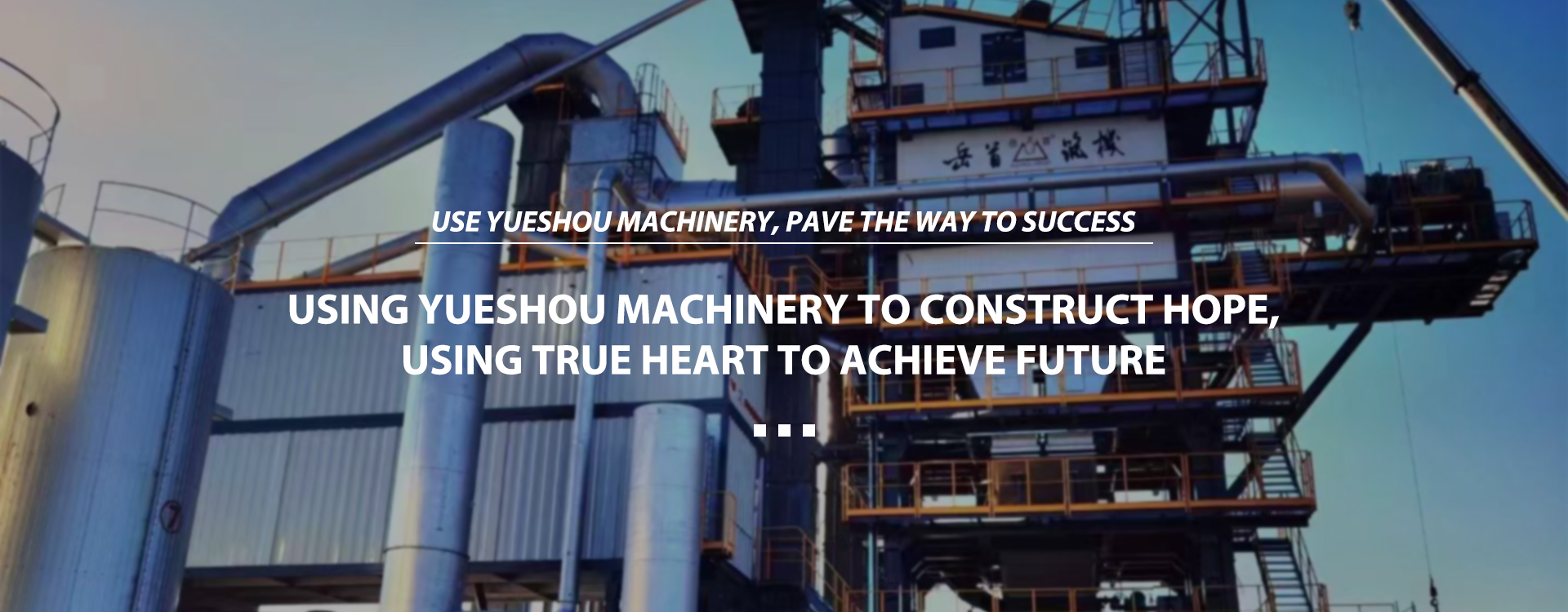
Best selling products
Best selling products-
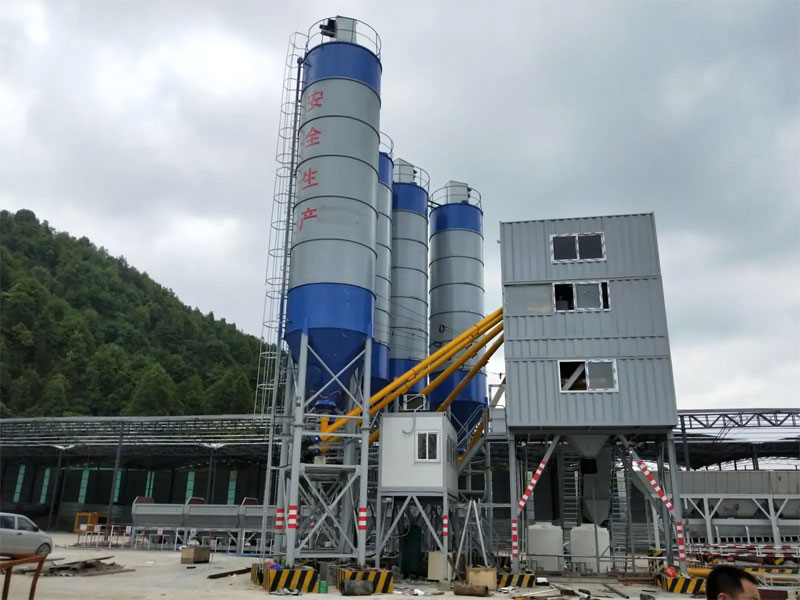 Concrete Batching Plant
Concrete Batching Plant -
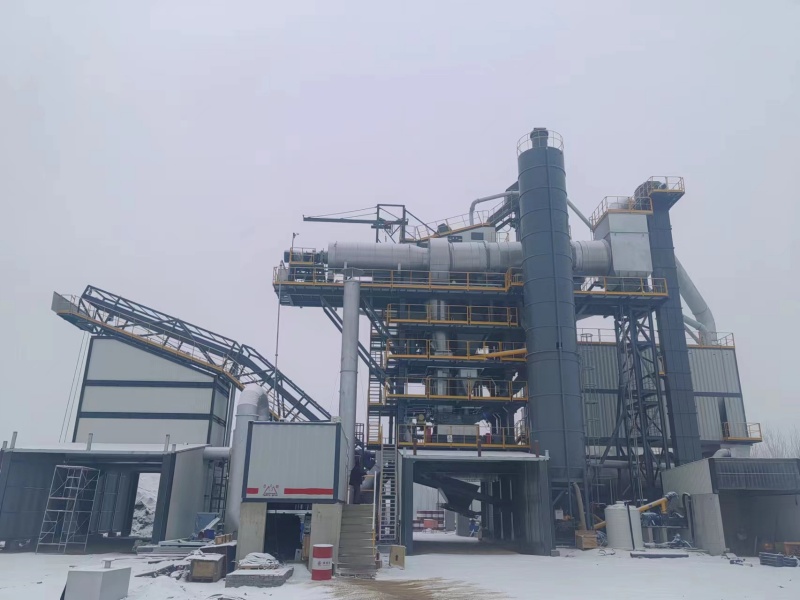 Static Batch Asphalt Mixing Plant Manufacturer
Static Batch Asphalt Mixing Plant Manufacturer -
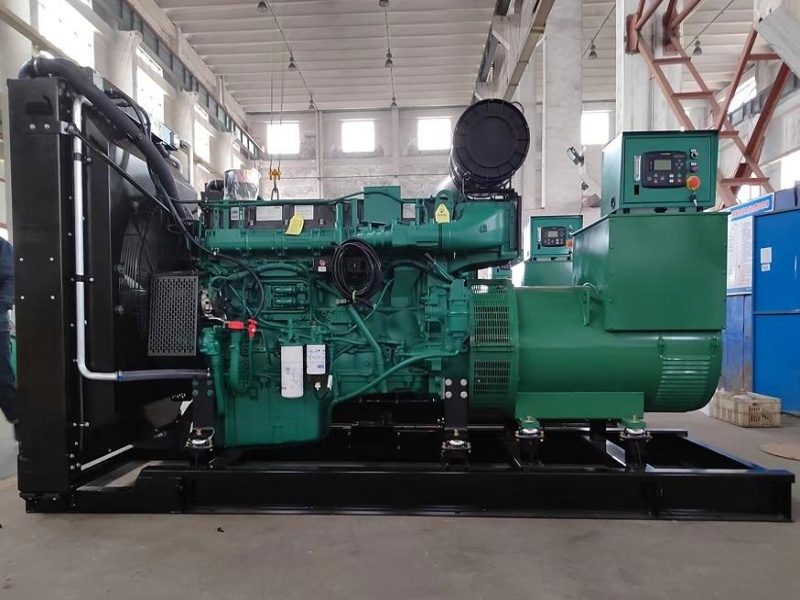 VOLVO SERIES DIESEL GENERATOR SET
VOLVO SERIES DIESEL GENERATOR SET -
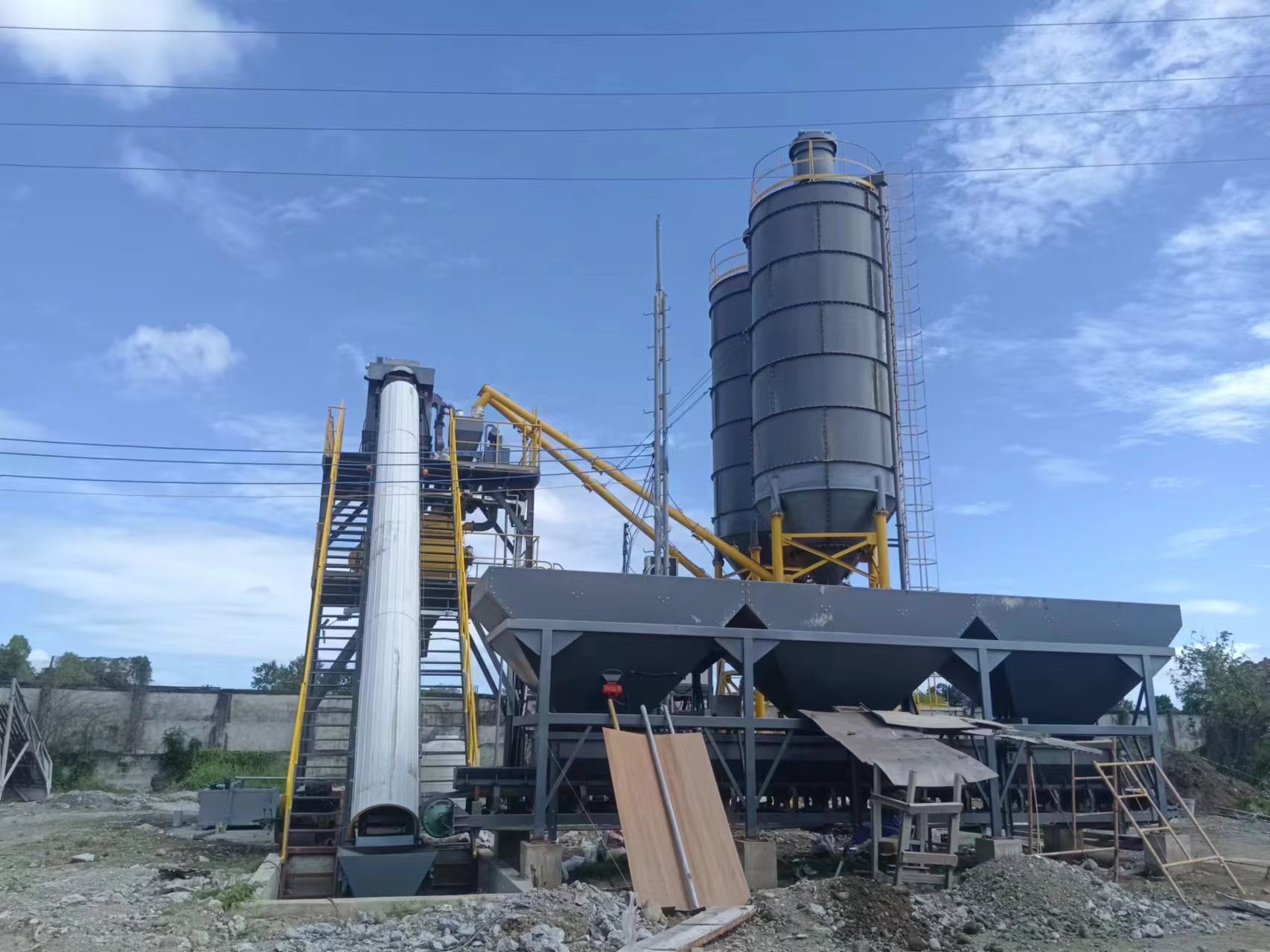 HZS60 concrete mixing plant
HZS60 concrete mixing plant -
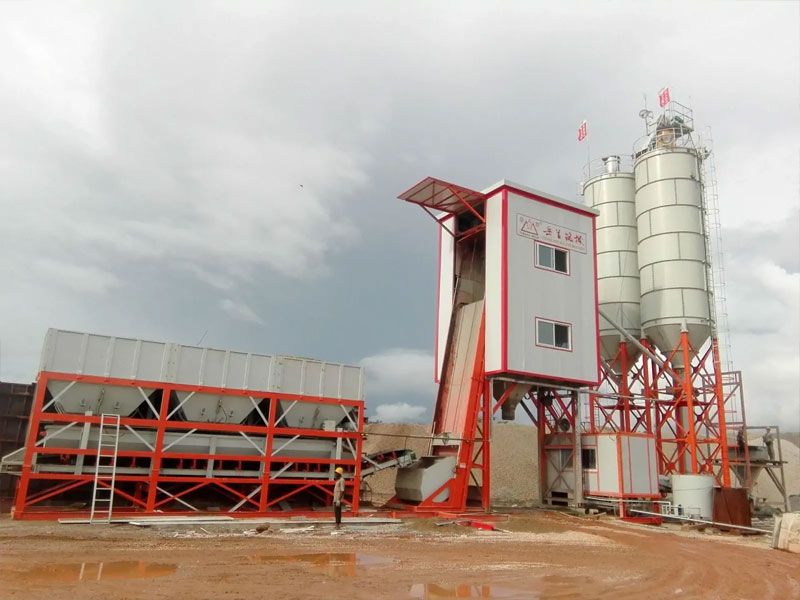 Slide Rail Bucket- lifting Type concrete batching plant
Slide Rail Bucket- lifting Type concrete batching plant -
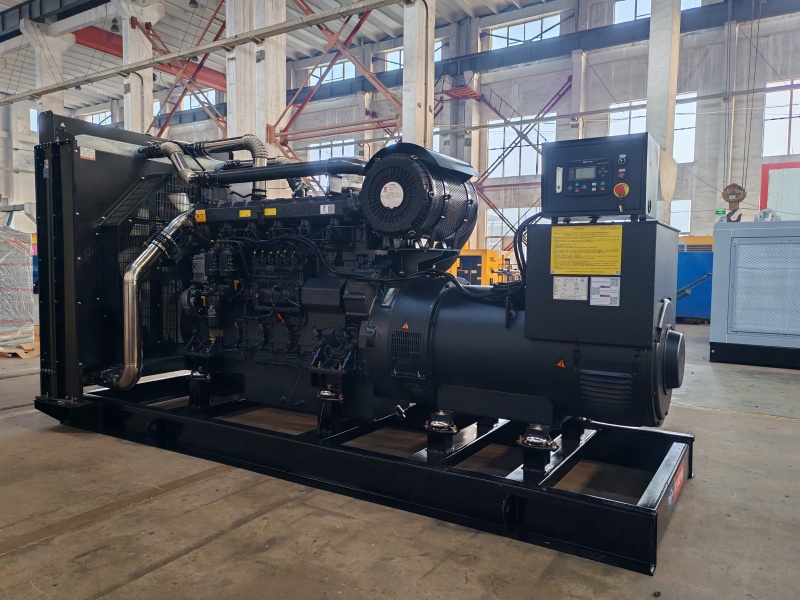 SDEC SERIES DIESEL GENERATOR SET
SDEC SERIES DIESEL GENERATOR SET -
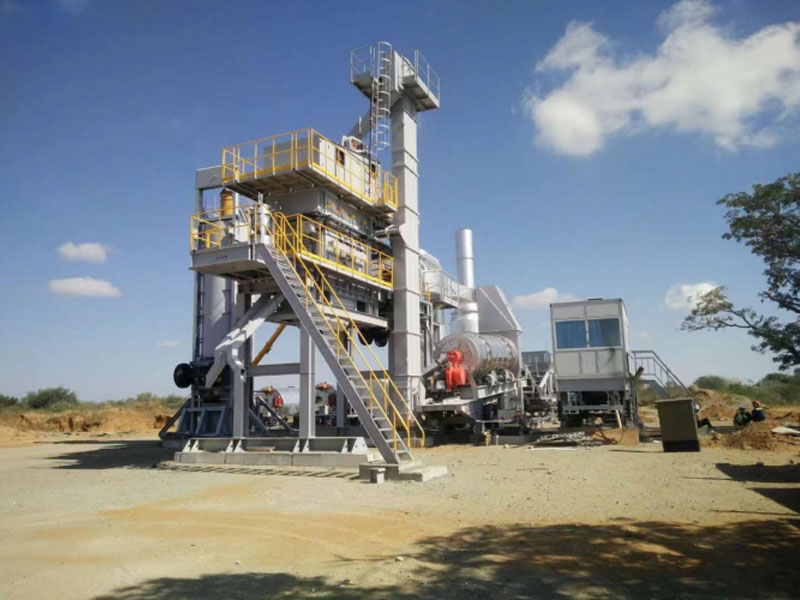 Mobile Asphalt Mixing Plant
Mobile Asphalt Mixing Plant -
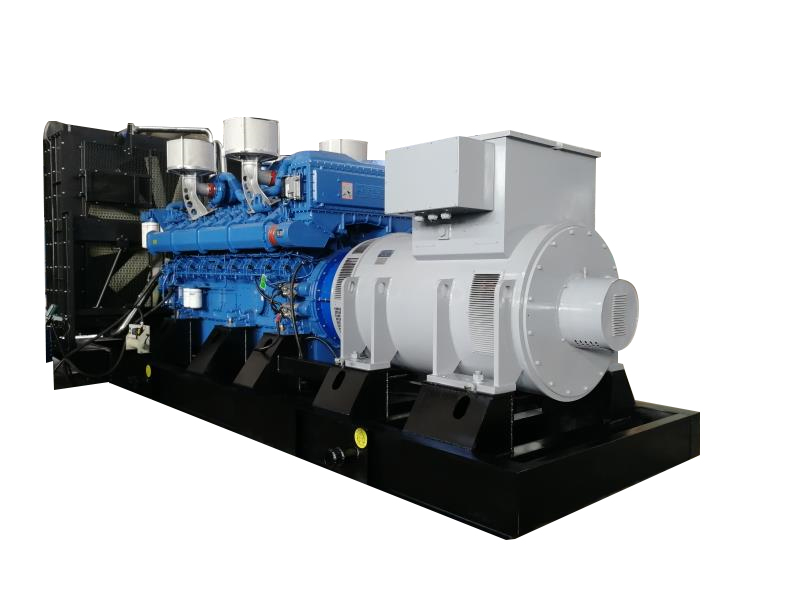 HIGH-VOLTAGE GENERATOR SETS
HIGH-VOLTAGE GENERATOR SETS -
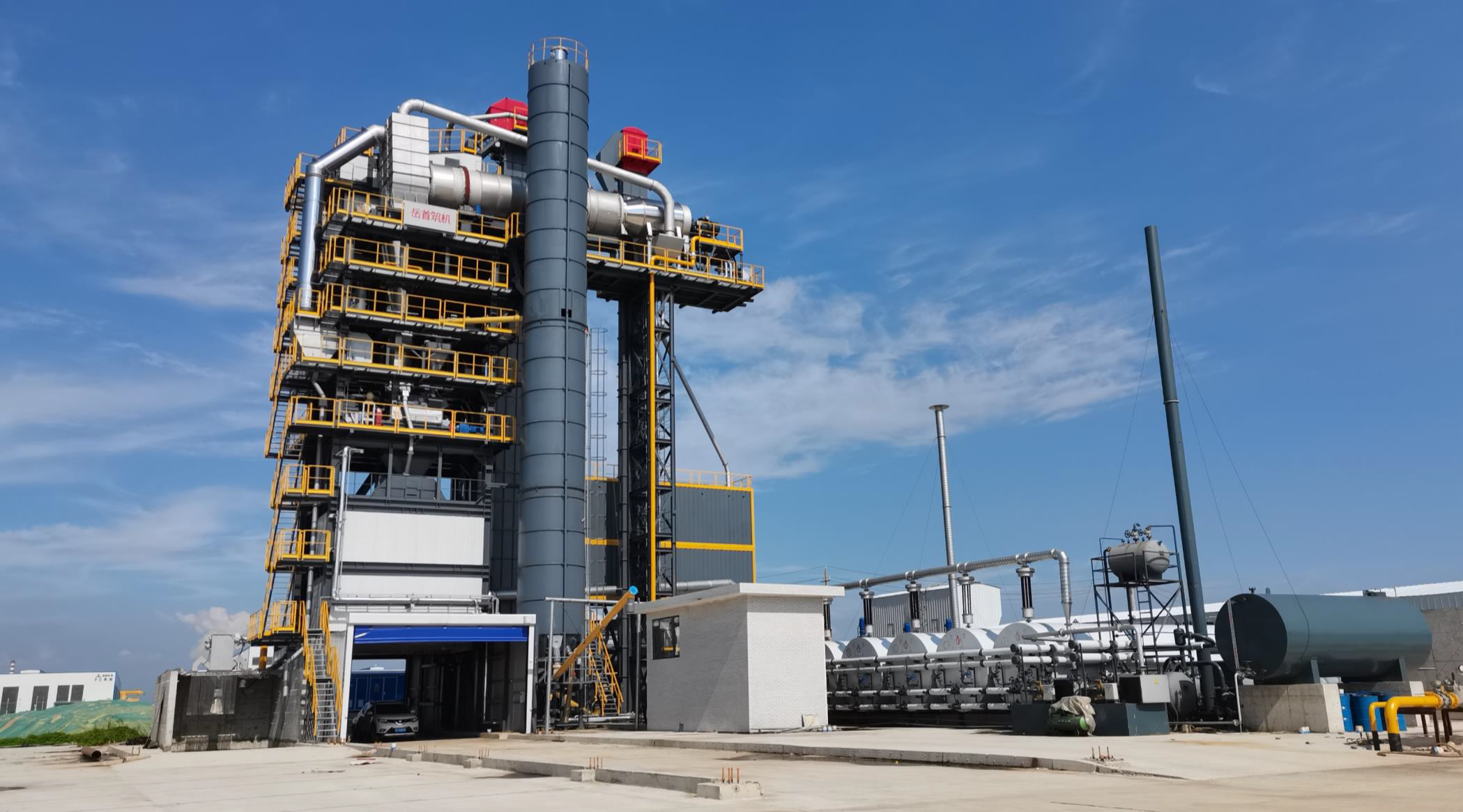 Asphalt hot recycling plant
Asphalt hot recycling plant -
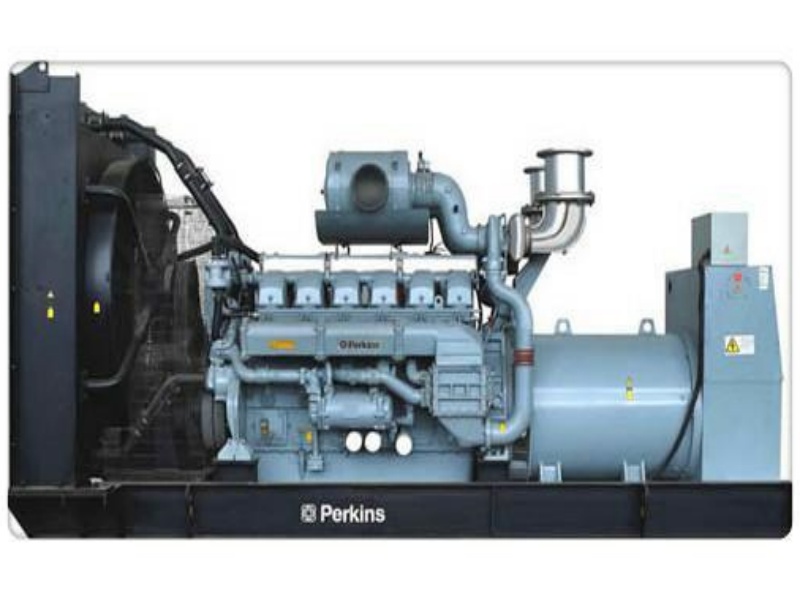 PERKINS SERIES DIESEL GENERATOR SET
PERKINS SERIES DIESEL GENERATOR SET -
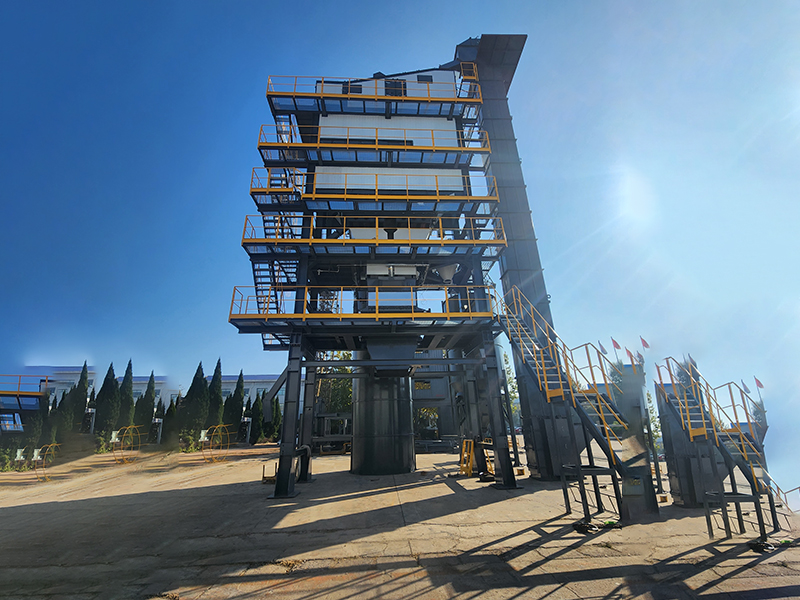 LB4000 asphalt mixing plant
LB4000 asphalt mixing plant -
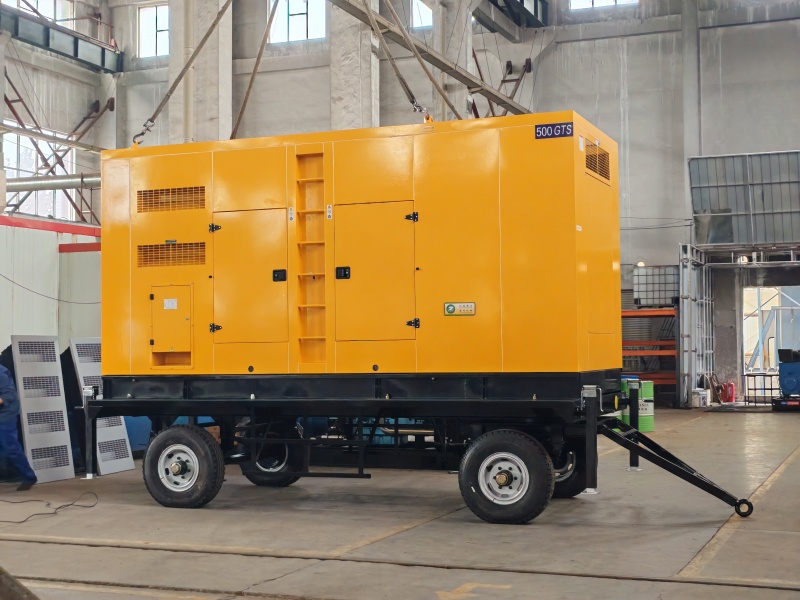 MOBILE ELECTRIC POWER PLANT
MOBILE ELECTRIC POWER PLANT
Related search
Related search- High-Quality mini concrete plant Exporters
- Famous mini concrete plant
- OEM cranford construction asphalt plant
- High-Quality lorusso asphalt plant Products
- Cheap mobile ready mix concrete plant
- High-Quality jt russell asphalt plant Manufacturers
- High-Quality estrada ready mix concrete plant 2 Suppliers
- High-Quality mobile asphalt mixing plant Exporters
- China asphalt concrete plant
- Discount asphalt plant for sale

